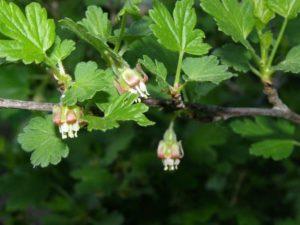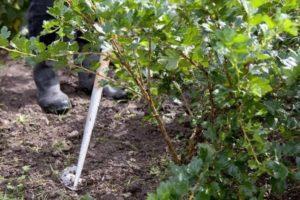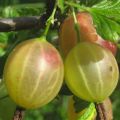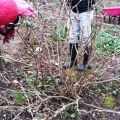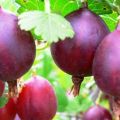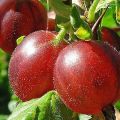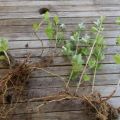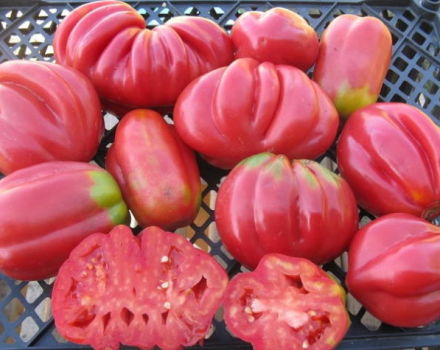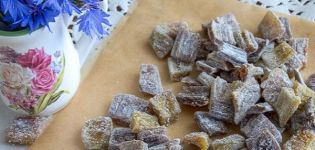Description and characteristics of the North Captain gooseberry variety, planting and care
In Europe, thorny shrubs were grown commercially. Berries with a dense skin were used in cosmetology and cooking, but the gooseberry was struck by the spheroteka and died. In recent years, crop varieties have appeared that are immune to powdery mildew. And the plant, whose homeland is considered Africa, produces berries in the regions of Russia, where the winter is cold, the summer is not very warm. The low bushes of the Northern Captain gooseberry are resistant to fungal infection, rarely affected by pests.
general information
When crossing the Pink variety with a form that does not have a name and is indicated by numbers, Russian breeders bred gooseberries, which received various positive characteristics. On green shoots of a shrub with large leaves, there is no pubescence. With age, the branches lignify, acquire a grayish tint, and become covered with short thorns. Light green flowers that are collected in a brush have red stripes.
Based on the description of the North Captain gooseberry, the ovary on the plant is laid without the neighborhood of pollinators. The presence of such varieties does not greatly affect the yield. Towards the end of July, dark red berries with light veins ripen. The dense skin of fruits weighing less than 4 grams is covered with a purine bloom.
The gooseberry does not crumble even after ripening, it has a peculiar taste, sugar and vitamin C give it sweetness. Dark berries are rich in:
- carotene and rutin;
- pectins and serotonin;
- iron and phosphorus;
- zinc and magnesium.
Juice is squeezed out of the fruits of the Northern Captain, which cleanses the body of salts and metals, improves the condition of the digestive tract. Jams, marmalade and homemade wine are made from berries. Gardeners who grow this variety argue that gooseberries practically do not suffer from powdery mildew, are not affected by anthracnose, white spot.
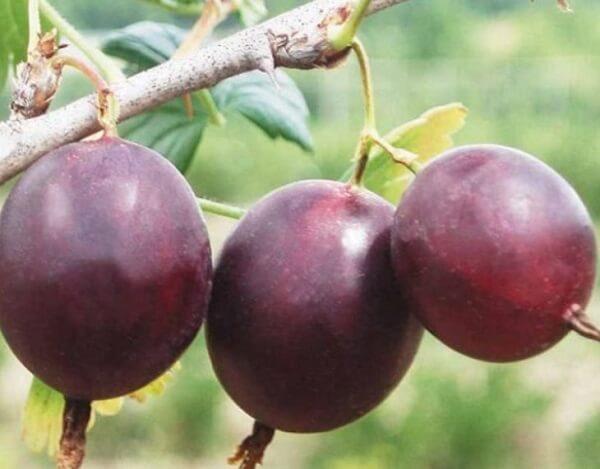
From a bush collect from 2 to 3 kg of berries. Proper care can prolong the fruiting of the plant up to 20 years.
Pros and cons of culture
The Northern Captain is not a thornless variety, but there are no thorns on young shoots, and very few on adult branches. Gardeners love gooseberries for their frost resistance, but they also have other advantages:
- The plant multiplies without problems, takes root quickly.
- It is immune to fungal diseases.
- It is not damaged by the sawfly, does not suffer from moth.
- The berries do not lose their presentation either during transportation or during long-term storage.
The gooseberry variety Northern Captain is not without its negative sides. Bushes lean to the ground and do not hold without a garter. Not everyone likes small fruits, besides they have a specific taste.
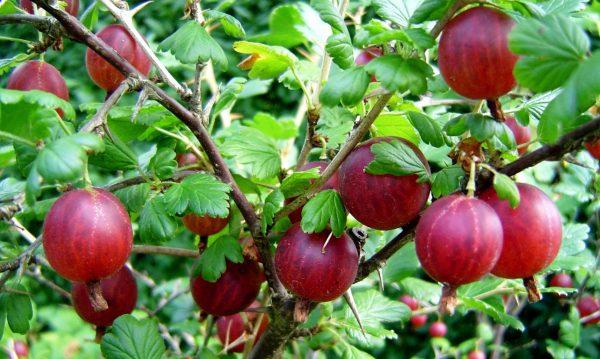
Cultivation of the North Captain variety
Gooseberries can be found less often in summer cottages and yards than raspberries and black currants, but many gardeners also allocate a plot for thorny shrubs, since they are unpretentious and do not require special care.
Seat selection
Gooseberry loves the sun, does not tolerate drafts, and does not withstand excess moisture. It is not recommended to place the North Captain variety in an area where water comes close to the surface, otherwise the roots may simply rot. You need to plant bushes in a place that is ventilated, illuminated by the rays of the sun.
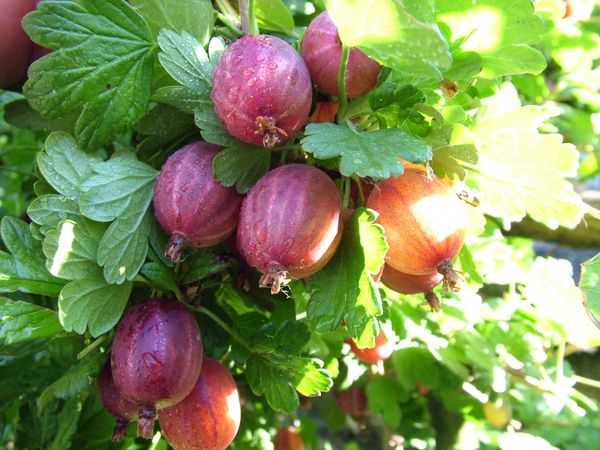
Soil composition
The North Captain does not grow in clayey soil, which does not allow air to pass through, any gooseberry variety does not develop well in soil with high acidity levels. You can change the composition of the soil using river sand. When planting, it is poured into each hole in a bucket, a little lime is added or the soil is diluted with dolomite flour.
Hole preparation
The area set aside for the gooseberry is carefully dug up, the remains of plants, dry leaves are removed, and weeds are pulled out from the root. 2 or 3 weeks before planting the bushes, holes are made up to 60 cm deep and 0.5 m in diameter. The Northern Captain is best taken in the fall. In regions with cold climates, spring comes late, and it is difficult to guess the time for the gooseberry to take root.
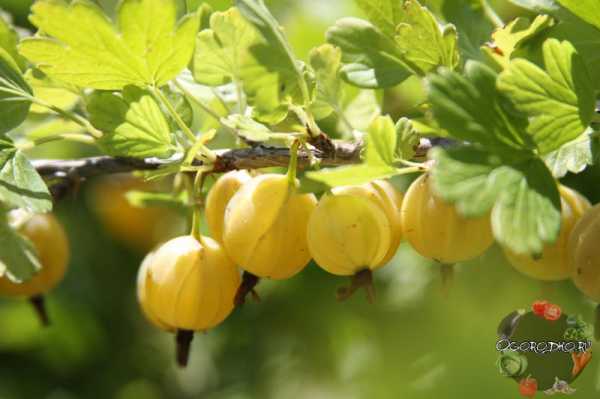
Selection of seedlings
To purchase a variety that can withstand frosts and bears fruit in Siberia and the Urals, the plant must be purchased in the reserve and in the nursery, there is a large assortment on the market, but it is not a fact that the North Captain will be sold. For planting, it is recommended to choose bushes 2 years old with healthy branches. Gooseberry roots should be woody.
Planting seedlings
The holes, dug in advance, are filled with earth, mixing it with humus, compost, add a little superphosphate, ash and potassium nitrate. A gooseberry seedling is lowered into the hole and covered with soil so that the root collar is buried 5–7 cm from the surface. The soil is compacted and moisturized abundantly. After it settles, they mulch and immediately cut off the shoots, leaving 5 buds. The distance between the spreading bushes should be at least 1.5 m, between the rows - 2 meters.
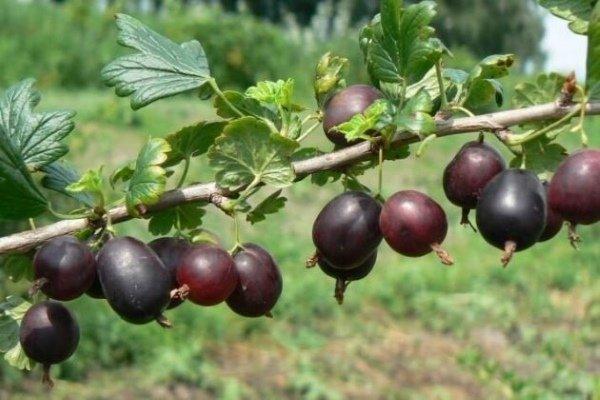
How to care for the North Captain gooseberry?
Any summer resident can grow a variety of Russian selection; special knowledge of crop care is not required.
Watering rules
In cool climates where the North Captain is planted, it often rains and no irrigation is needed. The melt water formed in early spring is quite enough for gooseberries. The plant does not tolerate excess moisture, it disappears in the wetland. In dry weather, the shrubs are watered before flowering; with prolonged precipitation, the land must be constantly loosened and freed from weeds.
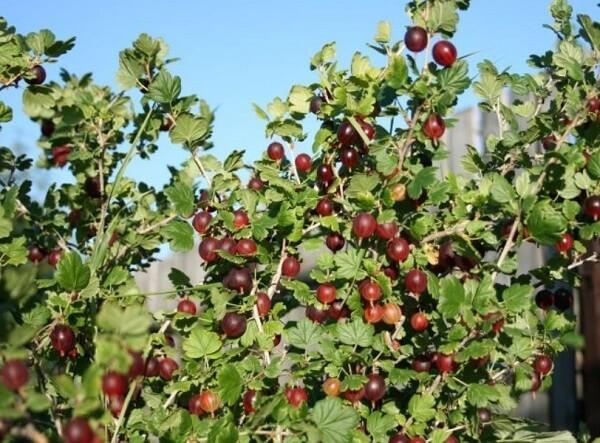
Fertilization
An early vein, gooseberries, which do not like to sleep for a long time and wake up quickly, are fed with ammonium sulfate or urea, which contains nitrogen.
Before the appearance of flowers, plants are watered with liquid rotted manure or bird droppings. 2 times per season, mineral fertilizers are applied under the gooseberry - superphosphate, potassium salt.
Bush formation
In thickened plantings, pests start up, fungi that cause powdery mildew begin to multiply. Although the North Captain is immune to disease, it is not worth the risk. In wet and rainy weather, the crown quickly overgrows, which contributes to the activation of pathogenic microorganisms.
Gooseberry shoots are shortened during planting and at the end of the growing season.
To properly form a bush that already yields berries:
- At the beginning of autumn, young branches are removed to a hemp, up to 5 stems are left. The tops of annual plants are pruned.
- Get rid of old shoots.
- Fruiting branches are shortened.
If an adult gooseberry has no more than 25 strong stems, it pleases with berries for a very long time. The northern captain has a harvest of 18–20 years.
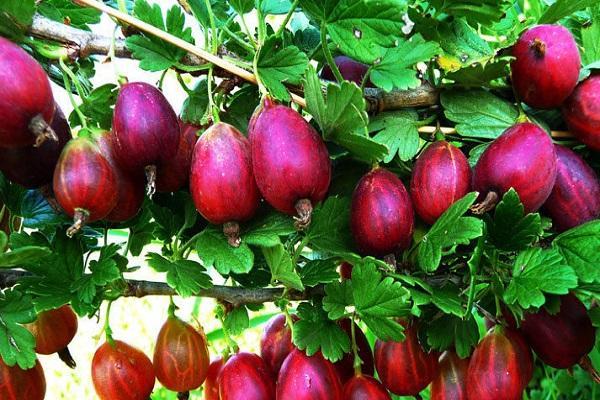
Disease and pest control methods
Gardeners claim that the variety is resistant to fungal infection, does not attract sawflies, and aphids do not start in cold climates. To protect the gooseberry from diseases, it is enough to rake dry leaves, burn dried shoots in which the larvae of parasites winter. The bushes are pollinated with ash, which serves as both a fertilizer and a means that insects cannot tolerate.
In regions where frosts exceed 30 ° C, gooseberries are covered in late autumn with needles or sawdust.
Breeding varieties
The northern captain can be propagated in any way. But many summer residents prefer not to harvest cuttings, but to use layering. In the spring, a groove is dug into which the shoot is laid so that the top is above the ground, for which it is pinned and fixed with wire. The layering is covered with soil and watered. By autumn, the shoot will sprout roots in several places. After cutting, plants are obtained that can already be sent to the soil. Adult bushes are divided into 3-4 parts and planted in the ground.
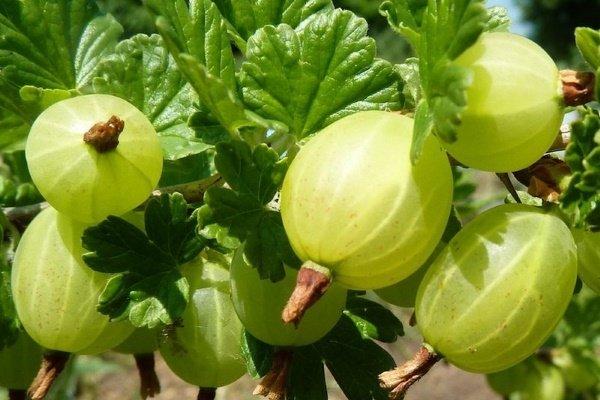
Collection and storage rules for gooseberries
Berries on the bush should be picked carefully so as not to be pricked by thorns, although the Northern Captain variety has not so many thorns. Gooseberries are harvested in late July or early August. Unripe fruits are well transported, do not spoil for several days, but they do not ripen well. The berries are plucked into a basket, after which they are sorted out, the soft ones are immediately used to prepare juice or jam, the hard fruits can be frozen.
